YOU ARE INVITED
TOUR THE MILLS
YOU ARE INVITED
TOUR THE MILLS
Our historic buildings are also available for private celebrations, including weddings and other special occasions, as well as corporate meetings and networking events, art shows, lectures, workshops, and more.
The Heart of the Mills
Grist Mill
The Grist Mill, considered the heart of the Prallsville Mills complex, is one of the most beloved buildings in the Delaware and Raritan Canal State Park. It is also one of the most sought-after historic wedding locations in the area. It’s easy to see why.
The sprawling stone building still houses complex milling machines and delightful architectural details. Many of the various gears and wheels that once powered the mill operation remain intact today.
The building was last used as a grist mill in the 1950s, and then served as a lumberyard and feed store until acquired by the state of New Jersey in 1973.

























Since 1750's
The Saw Mill
The Saw Mill, which has existed intermittently on the site since 1750, has been beautifully restored to showcase its massive 9×12 hewn oak timbers and weatherboards.
The building serves as a learning tool for 19th-century construction methods and is a welcoming, open space, perfect for hosting art shows, receptions, or other special events.
A stately stone residence
The Prall House
In 1790 John Prall Jr., who served as a lieutenant in the American Revolution, acquired 280 acres of land and transformed the area into a village of commercial, industrial and residential structures, including the stately stone residence.
The Prall House features a large open hearth and a beehive oven, and a unique “summer wall” that is used to control temperatures indoors.










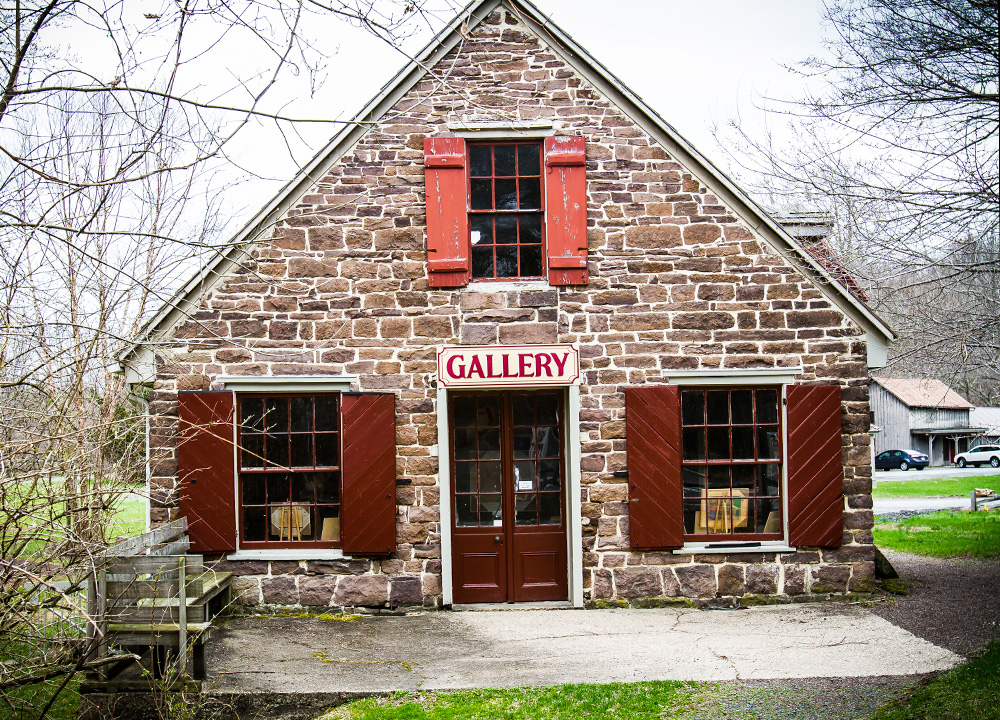
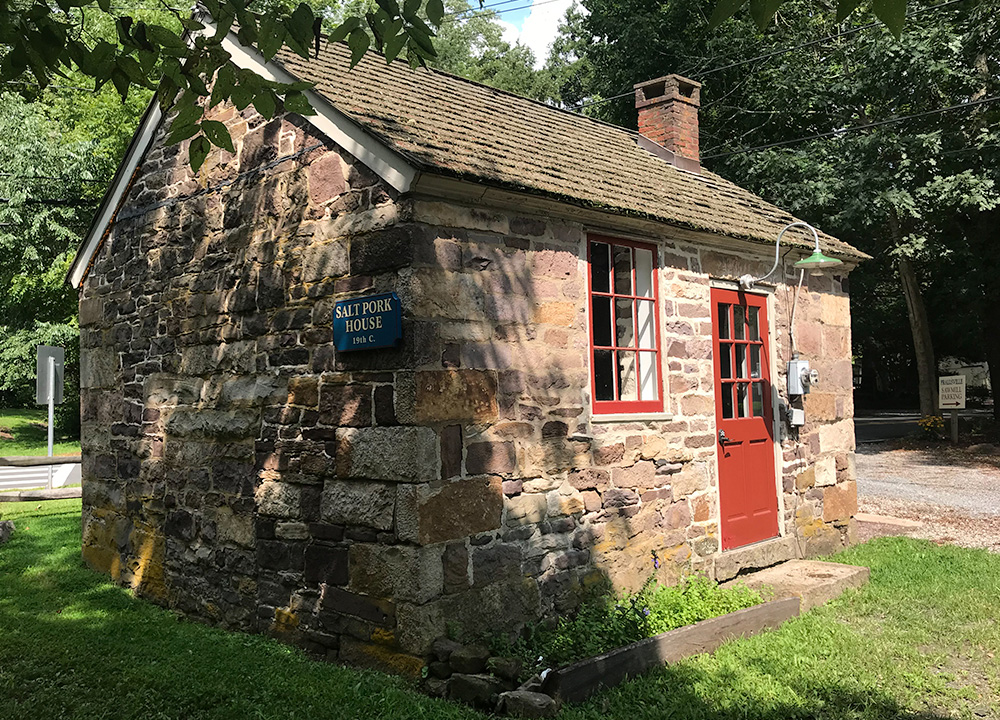
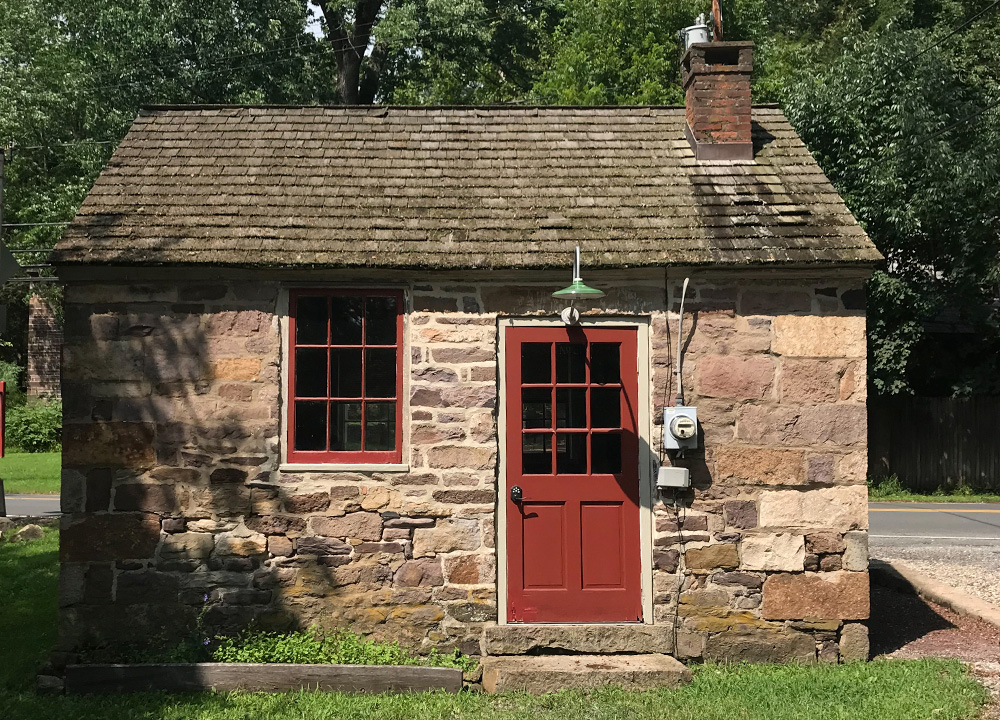
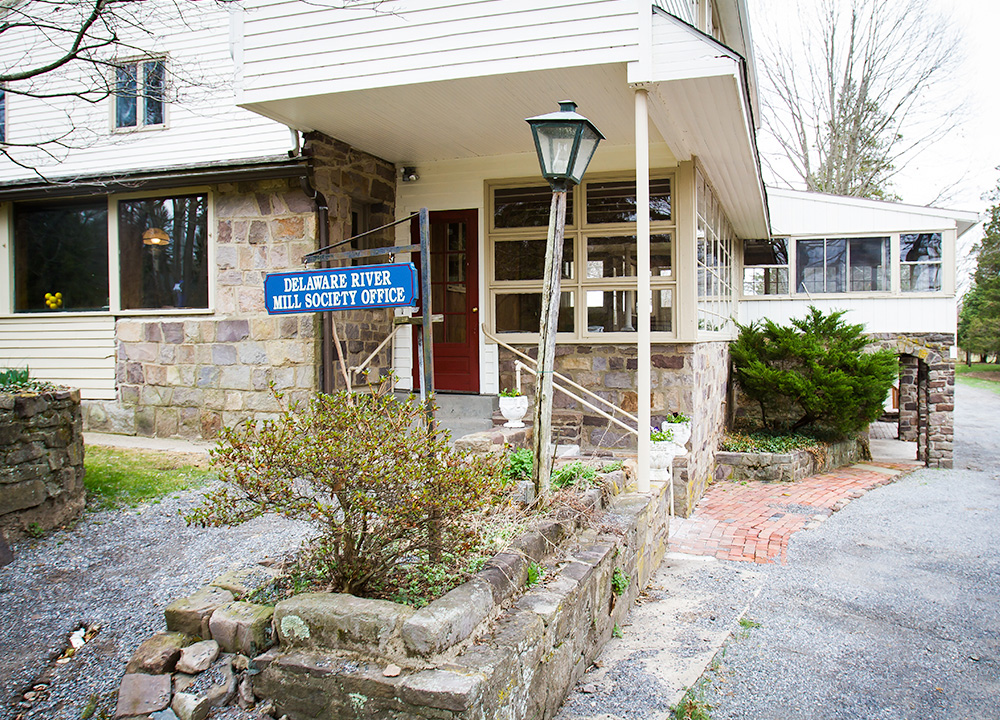
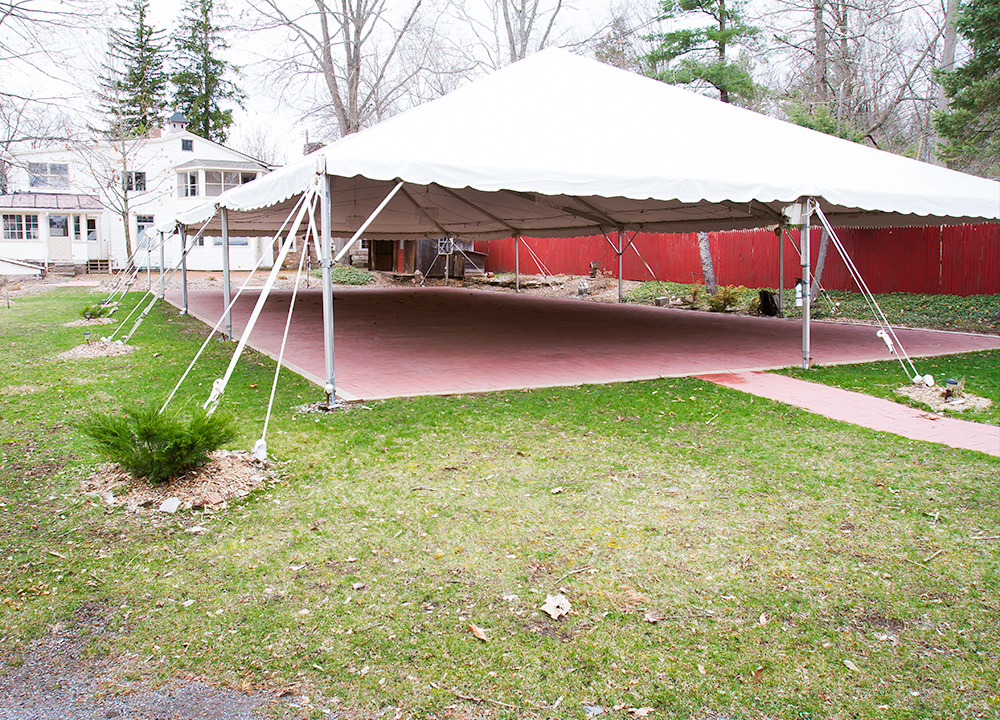
notable structures
Other Buildings
The Quarry House has been renovated with a number of interesting recycled components, including wood from an abandoned canal boat, leaded glass windows and kitchen cabinet doors once used as church windows, and an island top used as part of the stage at St. Andrew’s Church in nearby Lambertville.
The River House is used for office space and offers access to a new tent (not pictured here) for outdoor weddings and other events.
The stone building known as he Linseed Oil Mill was erected by John Prall Jr. in 1794 and was used for that purpose for about 40 years. Subsequently, this building was used as a plaster mill, a post office, general store and a community chapel. The survival of oil mill buildings is very unusual: the Prallsville Oil Mill is one of the best examples in the Mid-Atlantic region.








